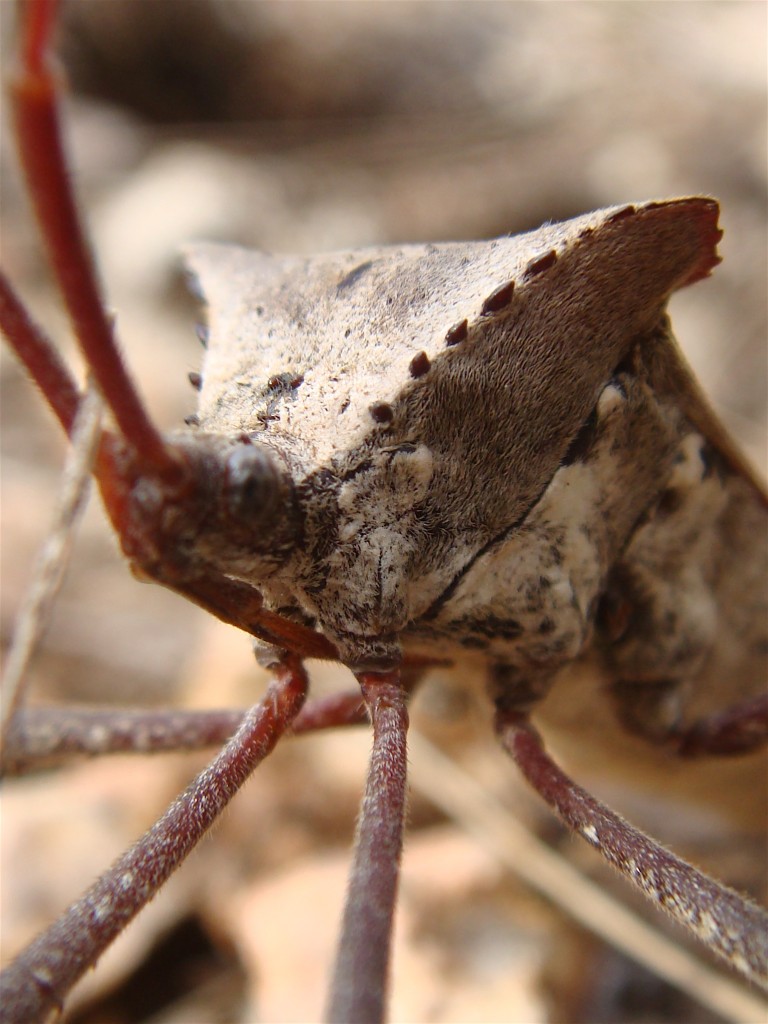
This Coreid Bug or Leaffooted bug…
Acanthocephala declivis
in fact the acanthocephala genus contains the largest insects in this family, with the declivis being the largest member…I had found a monster! Such a intimidating character with his flared and spiny collar. Although members of another family, the Pentatomidae, are commonly called stink bugs, this chap smells much worse, probably in part because they are bigger insects. If disturbed, these large insects will squirt a disgusting liquid out of the glands on the sides of their bodies. Brrrr.
The body is a dusty gray color and is hard to misidentify. It is frequently found under leaves during the winter months and on warm winter days you may find them sunning themselves on small blankets.
The trunk-like appendage tucked up under it’s body is called a stylet or rostrum,
I said rostrum!
when it is ready to start sucking on a plant, this is it’s modified-mouth-part weapon of choice. Within this tube move the stylets – sharp needle-like structures with which the insect pierces the plant tissue. The method of feeding by plant bugs as a whole is to inject saliva into the plant tissue which assists in its breakdown thereby making this tissue easier to assimilate.
 “I like this declivis of Earth”
“I like this declivis of Earth”
My eldest screamed “Big BUG” shortly after I had dug up a baby feather grass, I must have disturbed him. I went back with my camera to catch him delicately wading like an H.G. Wells’ War of the Worlds tripod through my succulent bed. I was really happy to get these shots without encountering any serious “emissions”.
While I was clambering around in this bed I did happen to notice this little bit of zen…
What a great place for a grass-seed to germinate, very sculptural. It looks as though the Naboo have tied it together, perhaps as a rudimentary shelter? I am pretty sure that these blocked up caves are where the Naboo tribe take shelter in the cold winter months. I find them all over the Patch, some even have the remains of tiny fires at the cave entrance.
The frost distressed skin on this agave made it look completely bizarre, very rhino.
“Is that really what my skin looks like?’
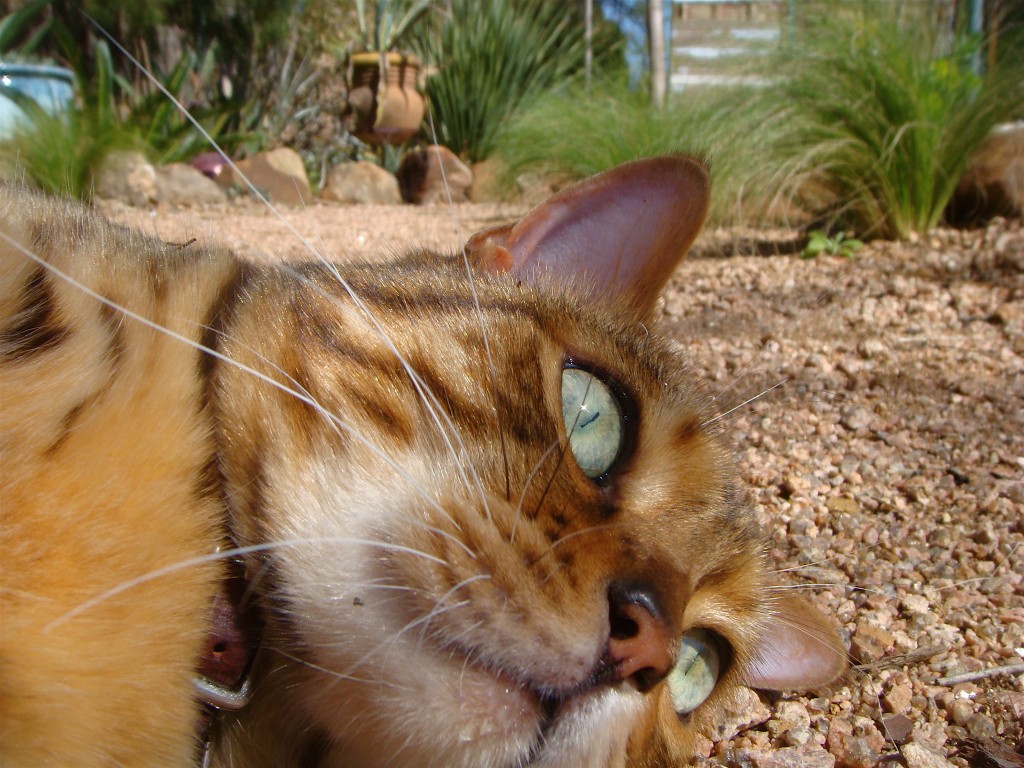
“Meee, I am afraid soooo, Mr rhinooooowwww“.
Yes, to the delight of the hobbits their friend, Drake the cat, dropped into the Patch once again to drink deeply form my algae laden feeder tank, I think it is addicted to it, my old cat used to like the the flavor too.
New blood-red growth has started on this flamboyant bauhinia corymbosa vine. This vine is one of my favorites in the patch and once established it will breeze through both frost and drought.
The name ” Bauhinia “ was a name given this genus by Linnaeus to honor the twin brothers Johann and Gaspard Bauhin, who were 16th century Swiss scientists – Johann was a botanist and Gaspard a botanist and physician.
A storybook vine if ever there was one.
Using the name of these identical twins is fitting as Bauhina leaves are composed of two identical lobes. Here is a picture of the vine taken last summer, it looks like thousands of green butterflies.
This sotol was showing off with a setting winter sun illuminating it, this is why we have sotols, this is what makes their flesh ripping antics worth while. That is a swath of ghost plants next to it, with some of that irritating clover that is really hard to get to… and out.
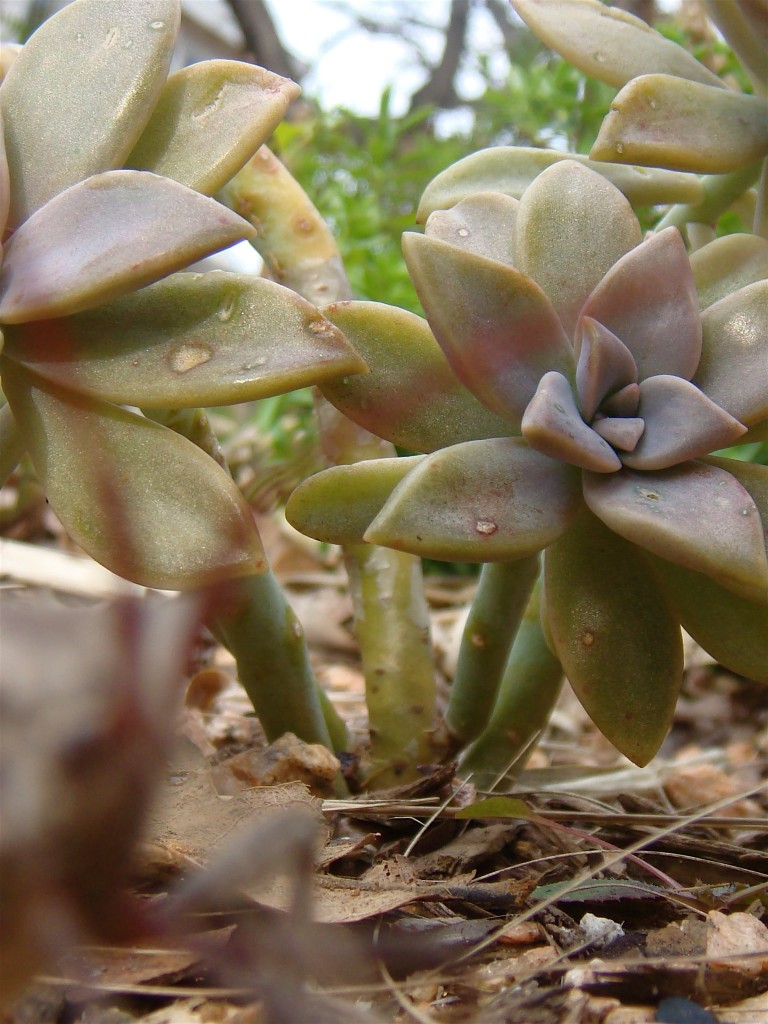 Here are the ghosts in all of their animated glory, and yes that is the Leaffooted bug, out of focus in the foreground. It was so large it was hard not to get it in frame, no-matter where I was shooting.
Here are the ghosts in all of their animated glory, and yes that is the Leaffooted bug, out of focus in the foreground. It was so large it was hard not to get it in frame, no-matter where I was shooting.
Other “almost” spring-like developments this week…
Tiger Aloe,
Aloe variegata
Looking like some old fashioned British sea-side rock (candy), I had a couple of these but only this one made it, not because of the freezes, oh no, but because the other one got sat on, you can fill in the rest. Pink-red flowers in winter, you can’t beat that.
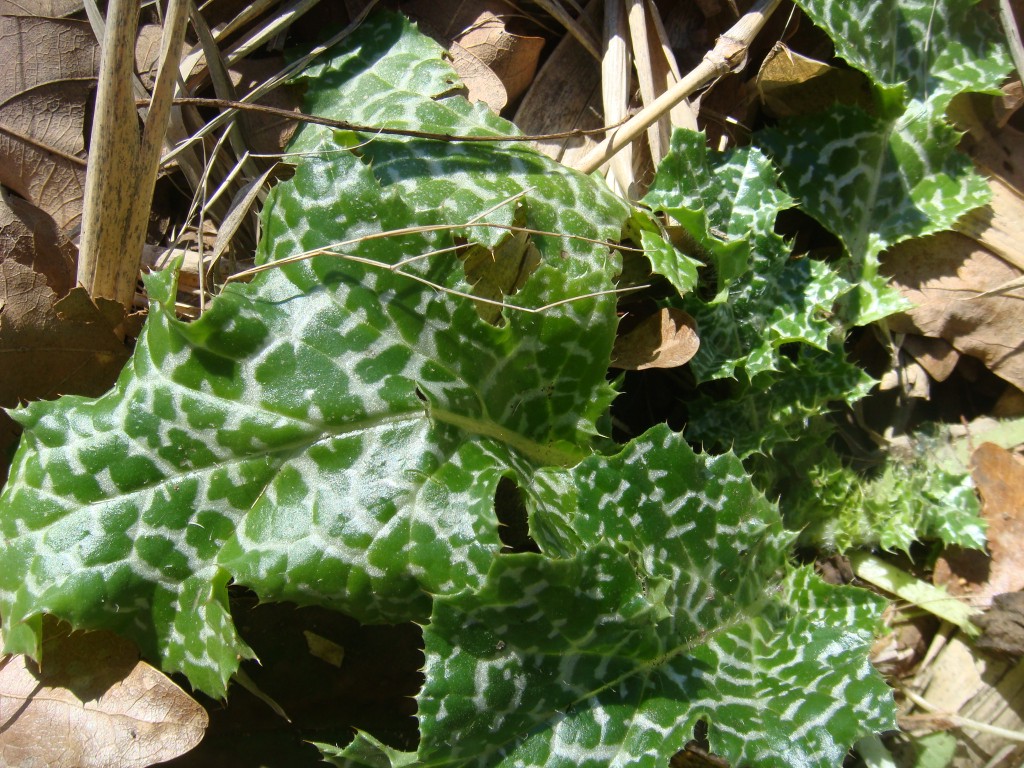
I wanted to pull out this milk thistle so bad, but I did a double take on it, got drawn into the foliage coloration and thought I would leave it for a while longer. There is a legend that the leaves were formed by milk that fell from the breast of the Virgin Mary when she was suckling the baby Jesus. Apparently the leaves can be boiled like spinach. Has anyone tried this?
It flowers between June and August – under the purple flower, there are several stiff flower bracts, looking like a many-pointed star. Maybe I will leave it alone after all, curious I am (Yoda voice).
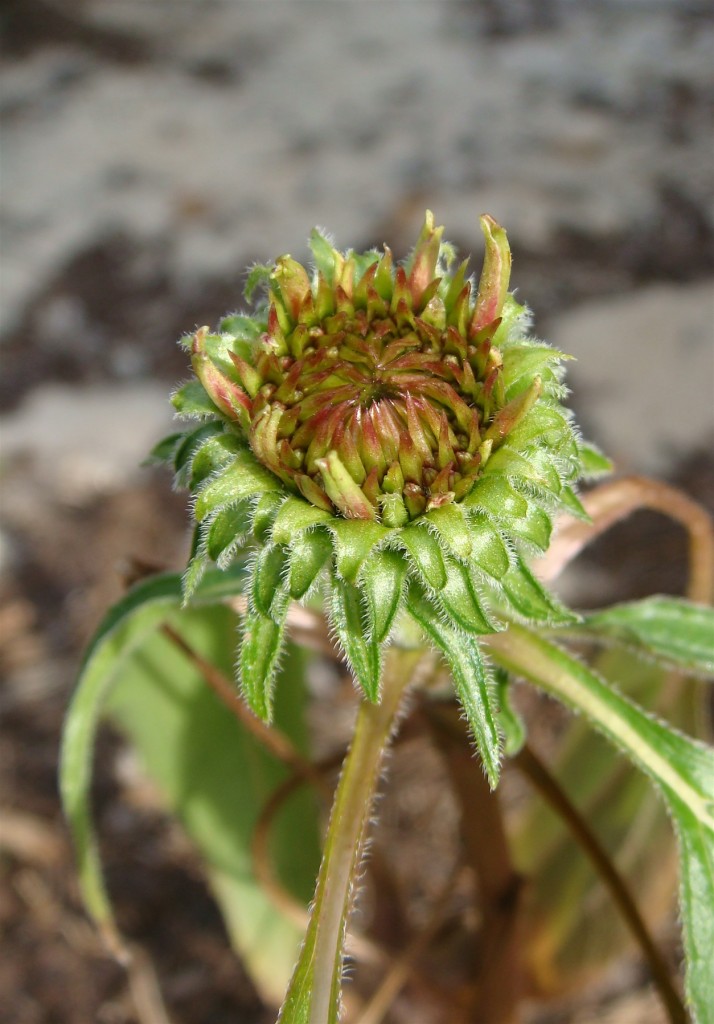
The first coneflower is on the rise. Horah!
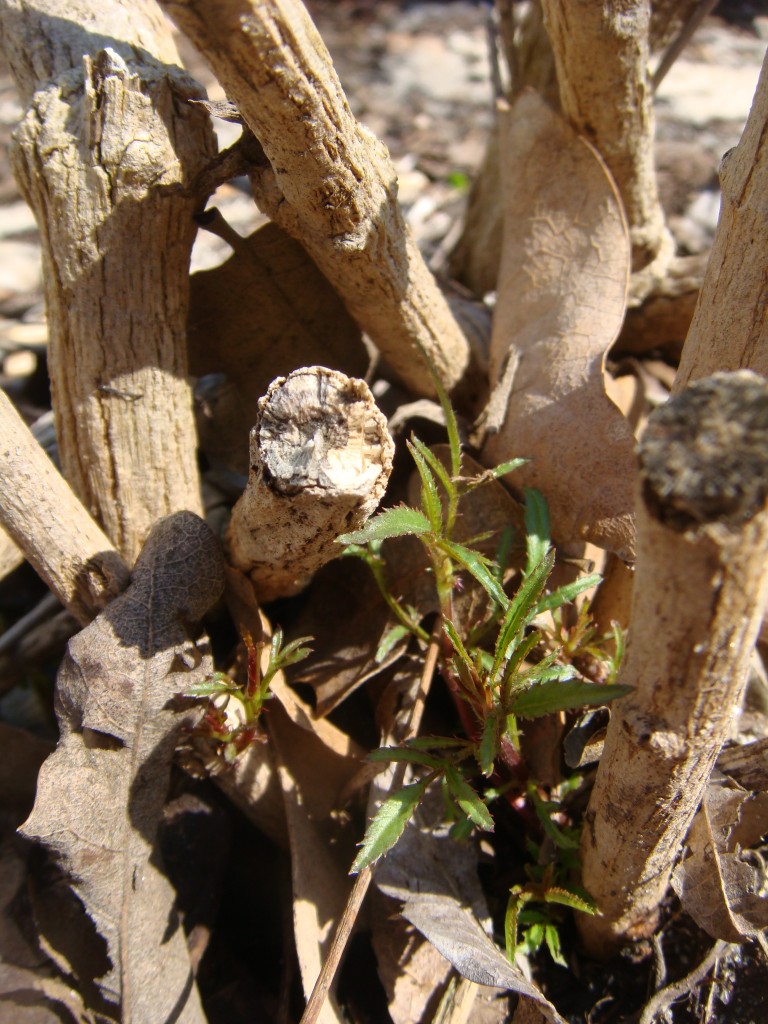 And a round of applause to the copper canyon daisy on it’s return topside.
And a round of applause to the copper canyon daisy on it’s return topside.
I have to show this next image as a follow-up to the creation of dirty “frosty” in my last post. Of course he melted, but she had a re-incarnation already planned for the dirty, slush man… a reincarnation in a bowl, it is just what he would have wanted…
I cannot believe that I have made it through this entire post without mentioning my…
And to finish, the tiny cooling flowers of an Ipheion, ‘Rolf Fiedler’ (Thanks for the ID Les). The best blue color!
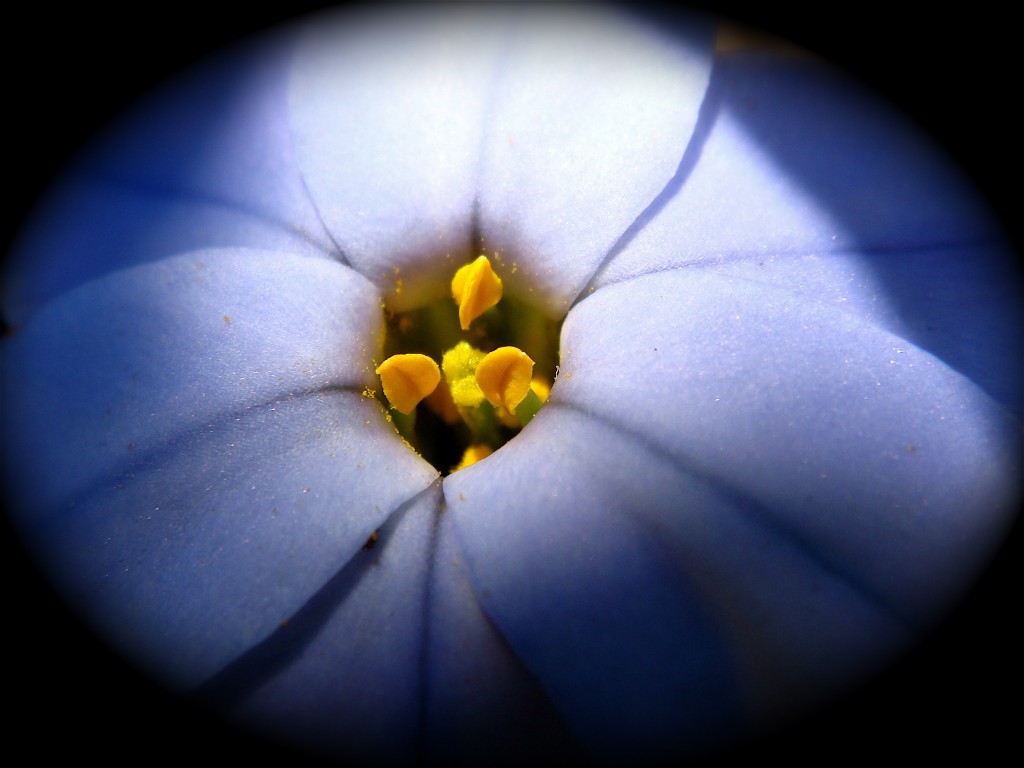
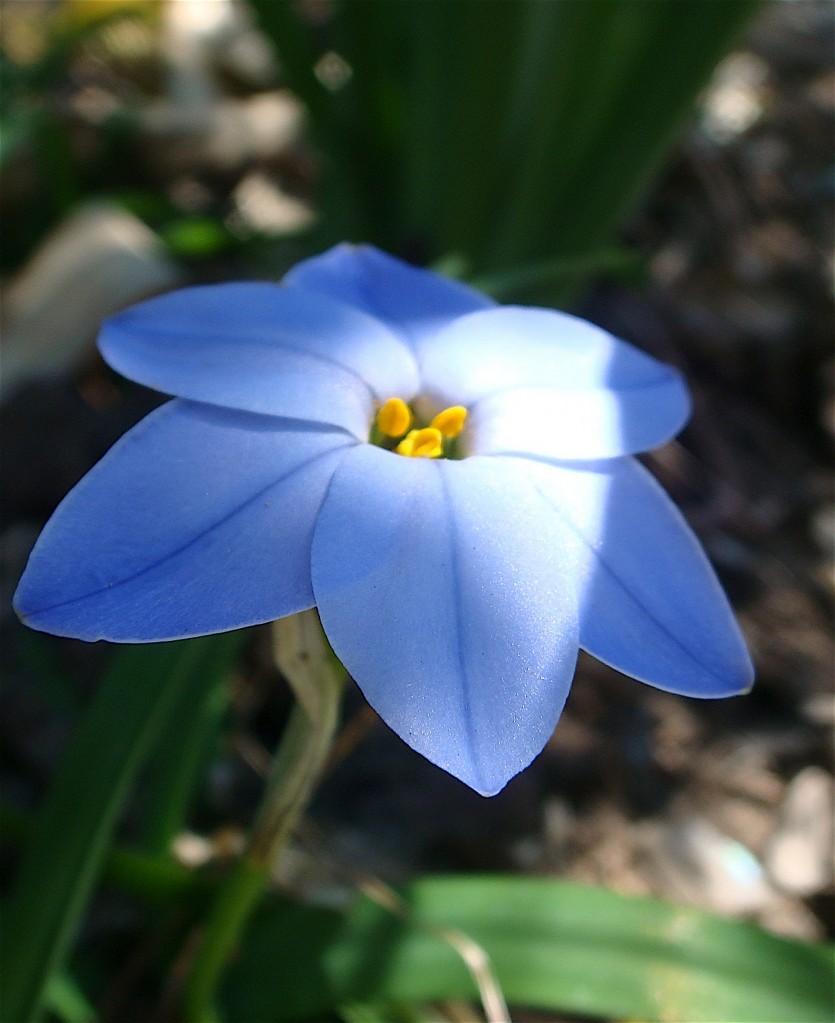
Inspirational concept of the week…


geotube is a building proposal designed by the california based architecture firm, faulders studio for the
unique environment of dubai. the building features a large super structure which will, over time, grow
a skin façade on its own. the system utilizes a vertical salt deposit growth systemthat uses water from the
adjacent persian gulf. the water is sprayed onto the mesh of the superstructure using a gravity fed system,
allowing the skin to continually grow using nothing but local materials. because the persian gulf has the
world’s highest salinity for oceanic water, the sprayed water will evaporate and salt deposits begin to
form. ‘the tower’s appearance transforms from a transparent skin to a highly visible white solid plane.
the result is a specialized habitat for wildlife that thrives is this environment, and an accessible surface
for the harvesting of crystal salt.’ the water would be pumped in using a long underground tube, hence
the project’s name.
Stay Tuned for:
“Feather Hugger”
All material © 2009 for eastsidepatch. Unauthorized
intergalactic reproduction strictly prohibited, and
punishable by late (and extremely unpleasant)
14th century planet Earth techniques.
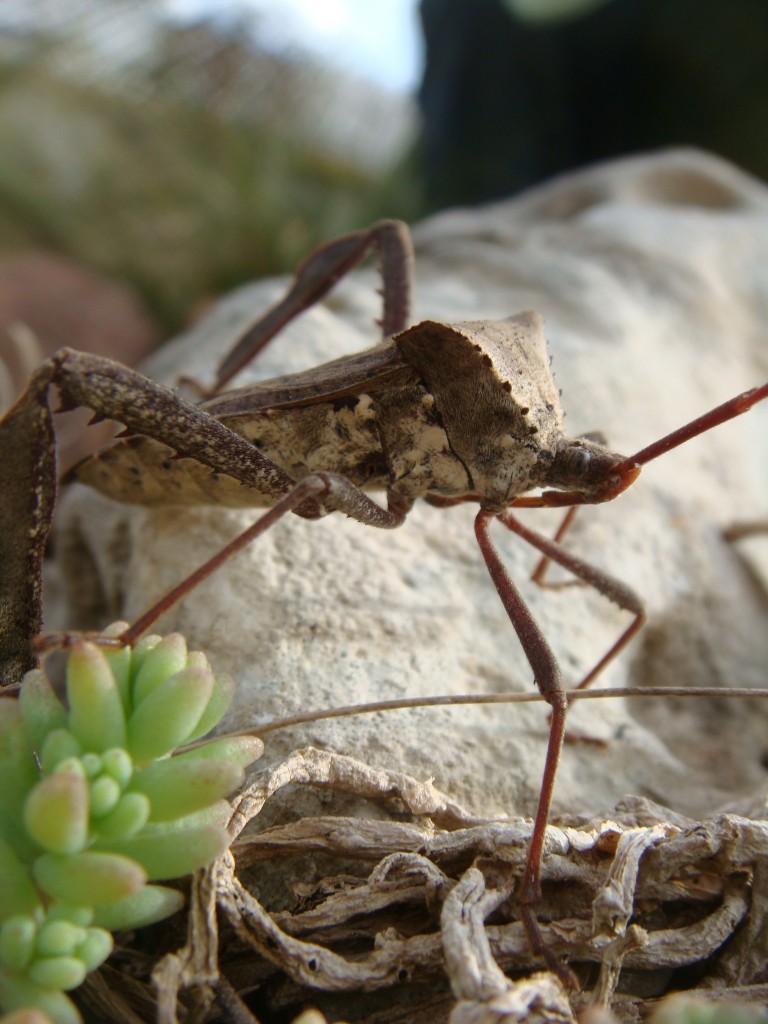

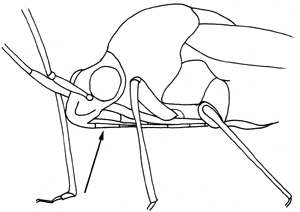
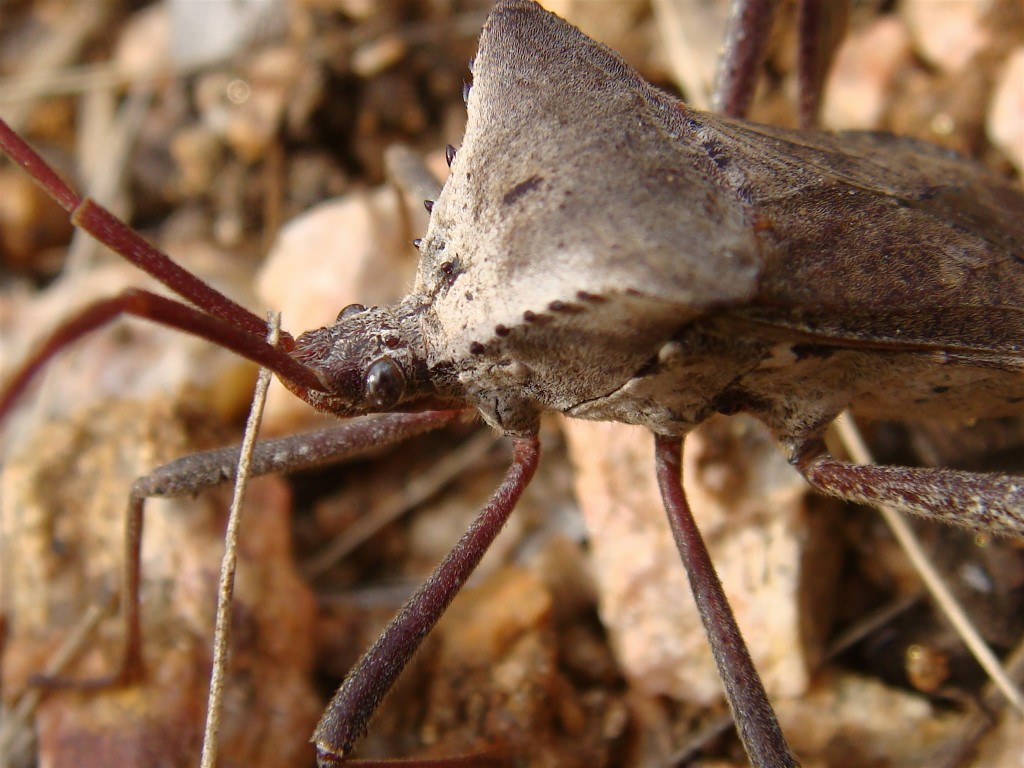

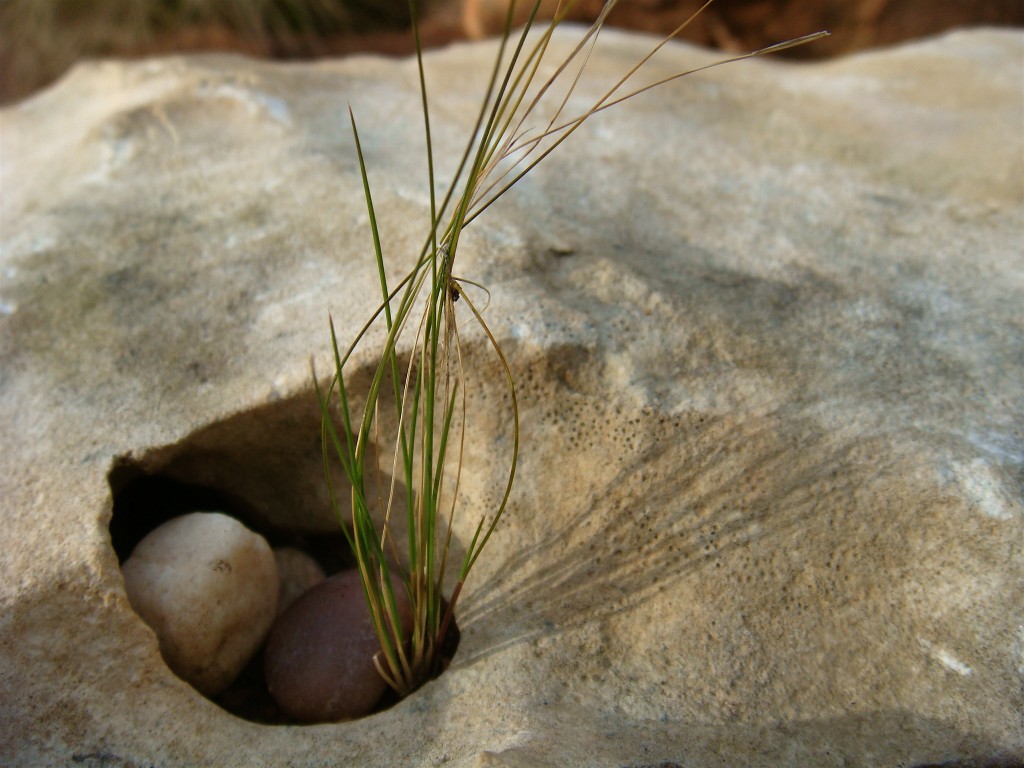
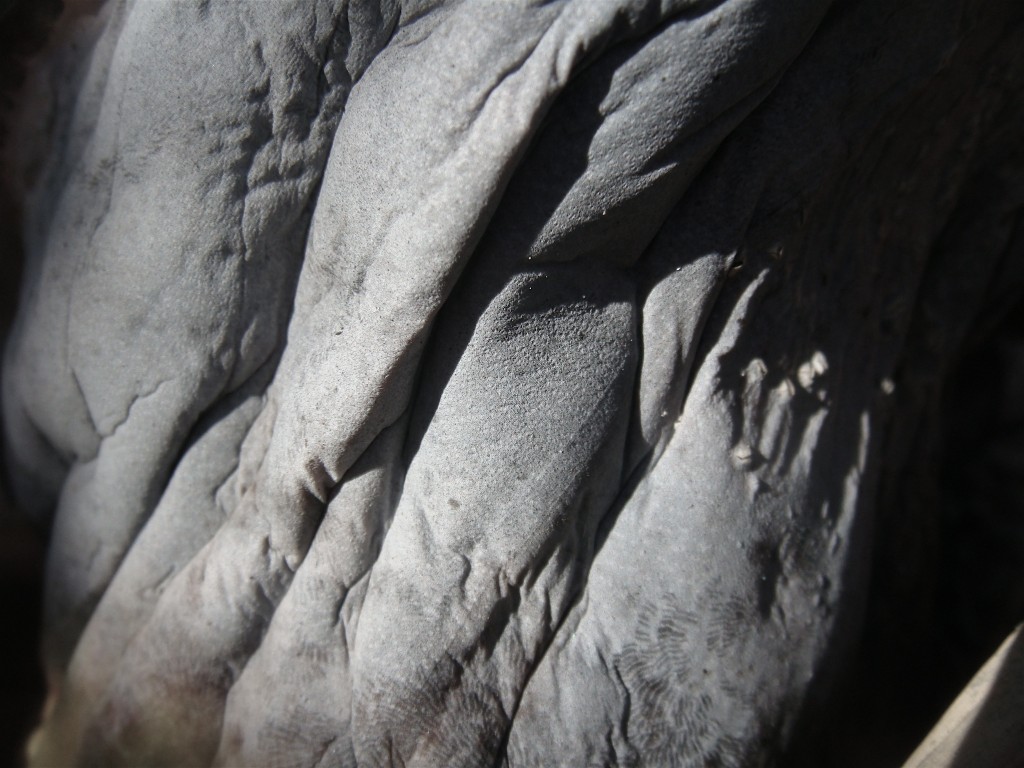
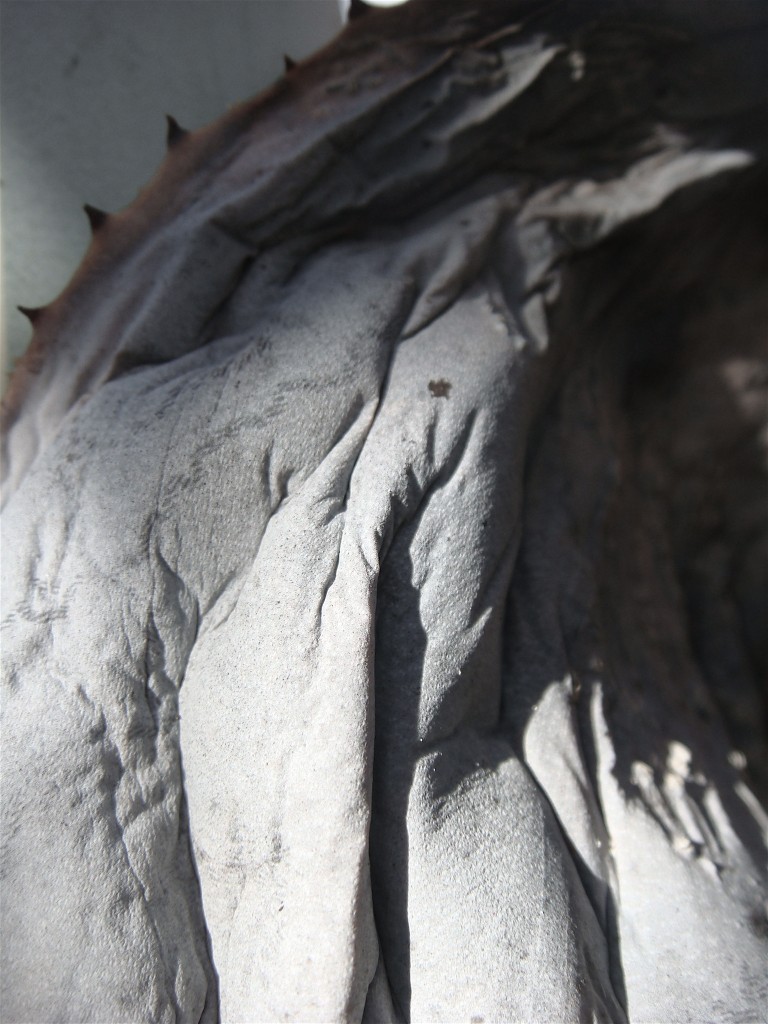

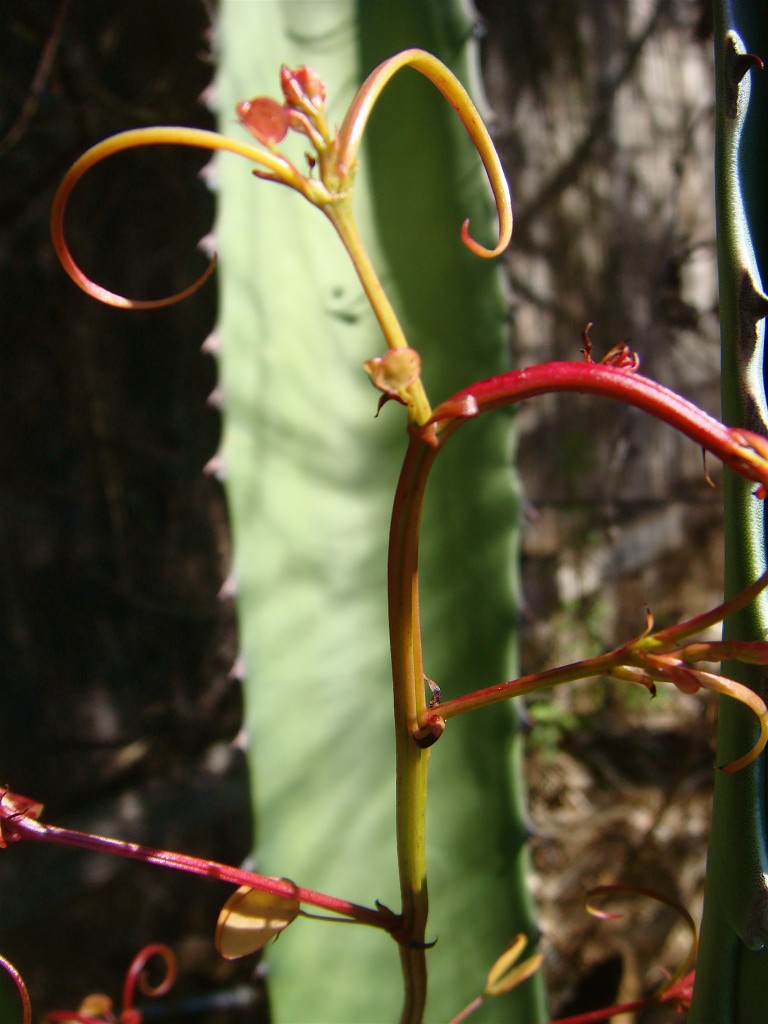
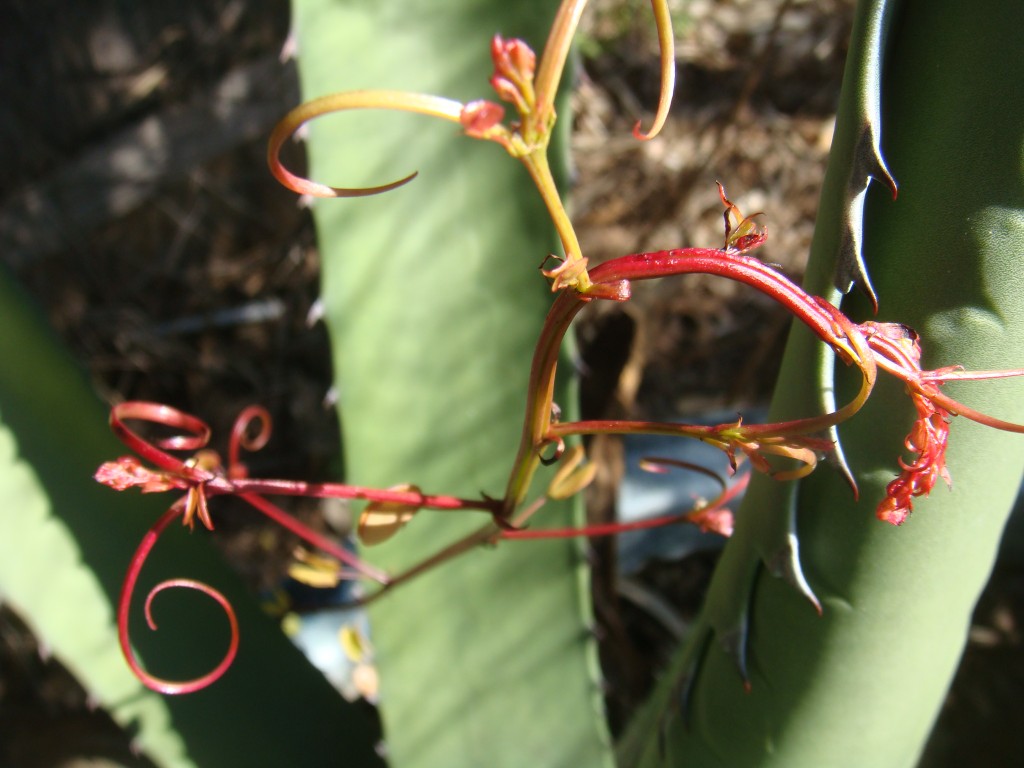
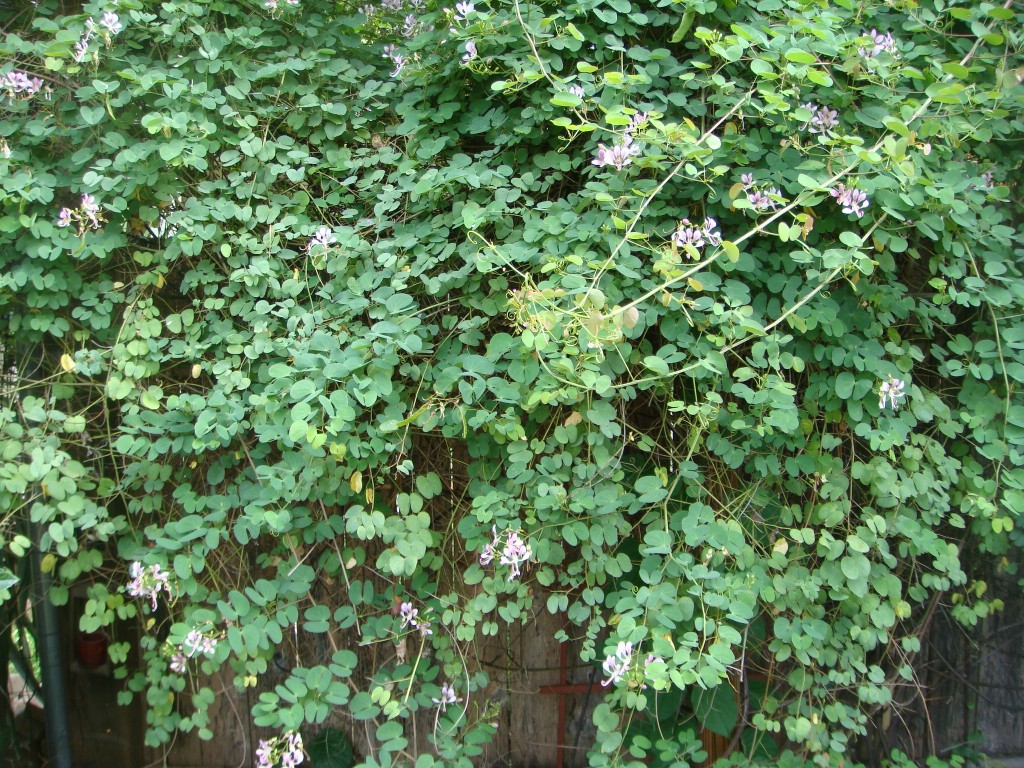
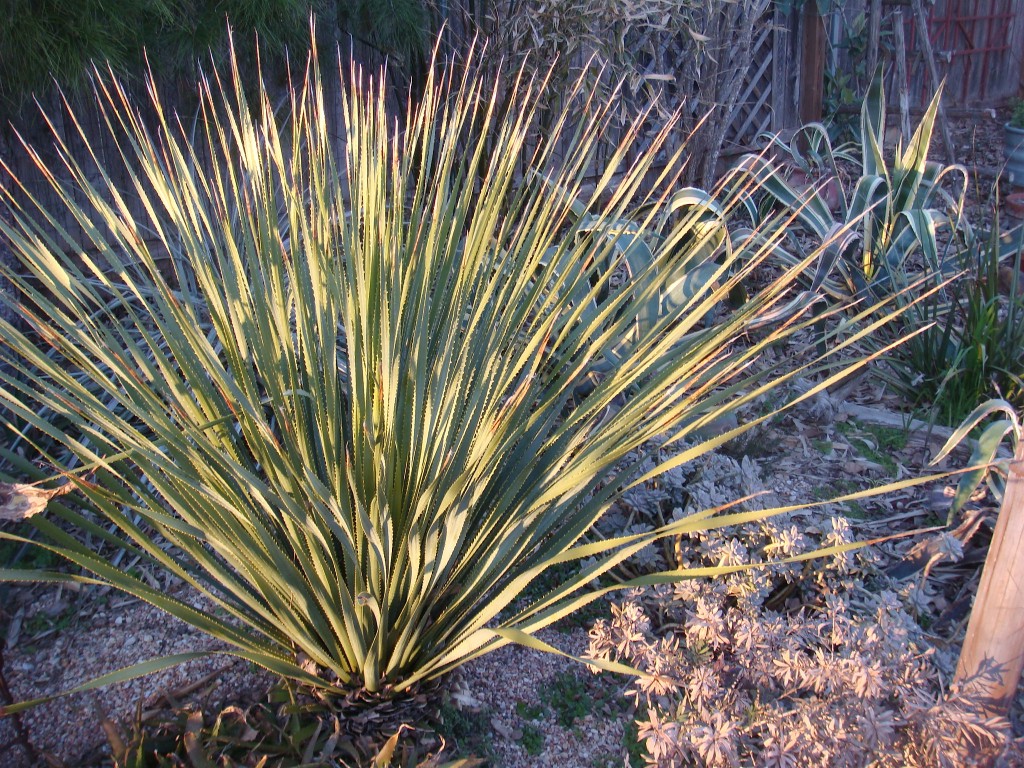
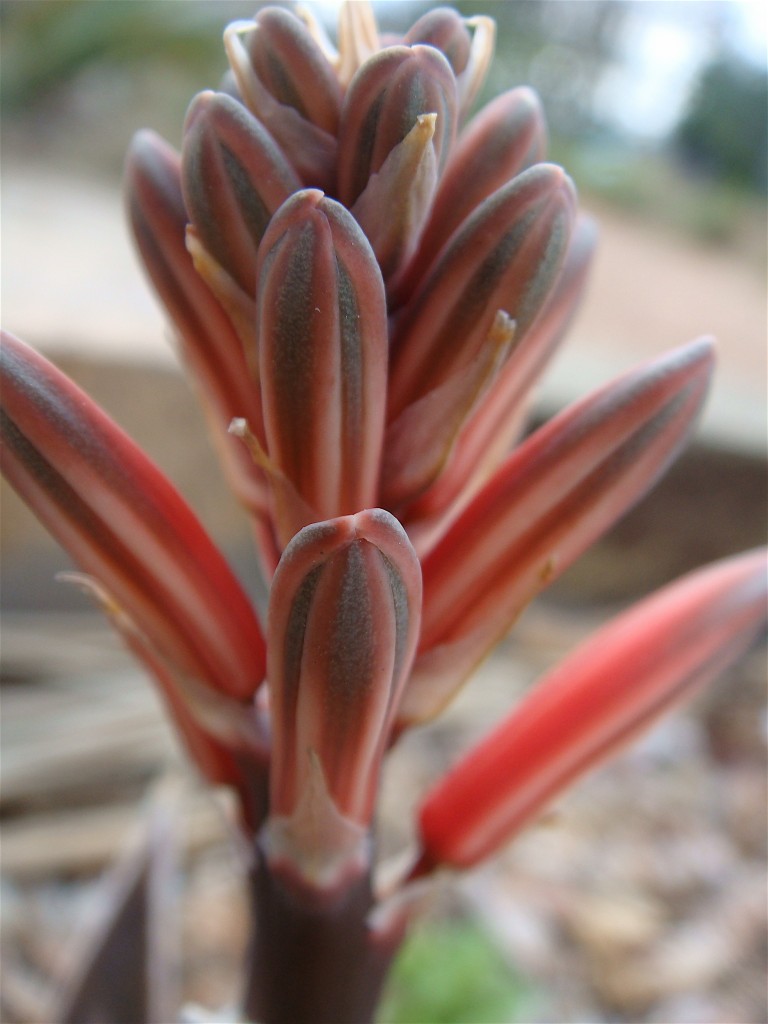

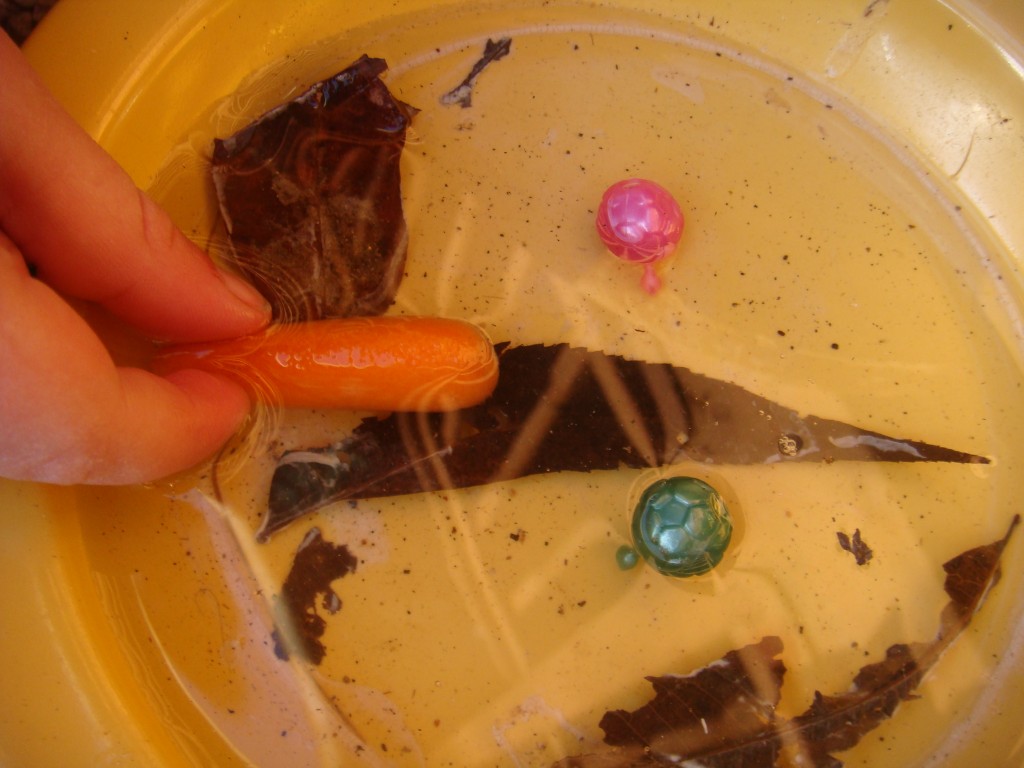

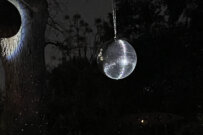





























































Comments on this entry are closed.
Great macro shots. Really creepy too! You can see the hairs on the legs of that little leaffooter.
I’m wondering if you have nightmares! With all these frightening closeups I might be having one myself tonight. It is disappointing to see that LFs are still around. I was rather hoping winter would have knocked their socks off. As to the blue flower can you give us a picture of leaf and flower together? It is hard to identify from this close up. Whatever it is it’s early.
The LFs are enough to give anyone nightmares, with their dinosaur looking spines and strange rostrums. I cannot believe that their are still a few mosquitoes here and there, even some baby ones!
I will get some better pictures of the new plant in my next post, I thought I would easily identify it, but I have really struggled…obviously. It has the most amazing waxy blooms and color, it pops up at this time every year, I want more!
ESP.
And Hi the other Jenny!
Thanks on the macro front. Keep clicking on the image for a really close up view, if you dare!
It gets a little disturbing.
ESP.
Have you considered your mystery plant may be Ipheion? I am not positve, and it is easy for me to get lost when it comes to the so-called minor bulbs.
Hi Les…It is indeed an Ipheion, ‘Rolf Fiedler’ to be precise. Thanks for this. This one has had me puzzled for quite some time. Such a cool little plant, and I have absolutely no recollection of ever having planted it, which makes it even better!
Cheers.
ESP.
Glad to see your feeling well enough to post. That particular milk thistle is one of the biggest and baddest of them. It gets about 3′ wide and about 5′ tall and very pricky. Not much on blooms though, kind of like wild lettuce. Speaking of wild lettuce, you should look it up and read about it. You will be surprized.
Thanks Bob, about all I am capable of right now, well, that and coughing, sneezing and subsequent cussing etc. I intend to let it grow, never had a big milk thistle in the Patch, it must have blown in from somewhere, probably the underworld.
I will most definitely check into the wild lettuce…just did…sounds like it would be good for my cough among other things :-)
Cheers Bob,
ESP.
The Borg Queen! She is my idol. I find her thrilling – and since you have associated her with the leaffooted thing, I also like him. Or her. Whatever it may be.
The tendrils of the bauhinia vine look like a skinny succulent whose name I can’t place – it’s amazing that they grow into those beautiful butterfly like leaves! I MUST have one of these!
The HellStrip looks clean and ready! If only I could say the same!
And the cat photo is out of control!
Cheers ESP!
The Big G!
Hi The Big G!
The Borg Queen is also one of my heroines, and she is so nasty to Data, growing real “skin” on top of his android bones, etc. What was she thinking?
Yes you have to get a bauhinia vine, I love it, (anyway the first four letters are the same as Bauhaus, so you have to!) I got mine years ago from the Big Red Sun here in Austin, it is not a common vine in Austin, but it does so well, and the foliage? Well, I do not need to tell you! The best thing about it, is that it handles the heat and the drought better then Bear Grylls…the “butterfly” leaves tell you when it is really hot…they close up like a fly-catcher, just one more reason to get one.
The HellStrip has been on hold since I caught my cold… (breaks into a small Ali-G rap ditty).
The cat is a Ham, I am getting a lot of spam (okay I need to stop this immediately).
From the Patch to the G,
Word…
ESP.
F>F>F>FRESH!
This is a great page! Thank you for sharing your amazing artistic talents and also for solid info in the creepy bug that just sprayed my Italian Greyhound!
What a happy accident – finding your work….
Thank you.